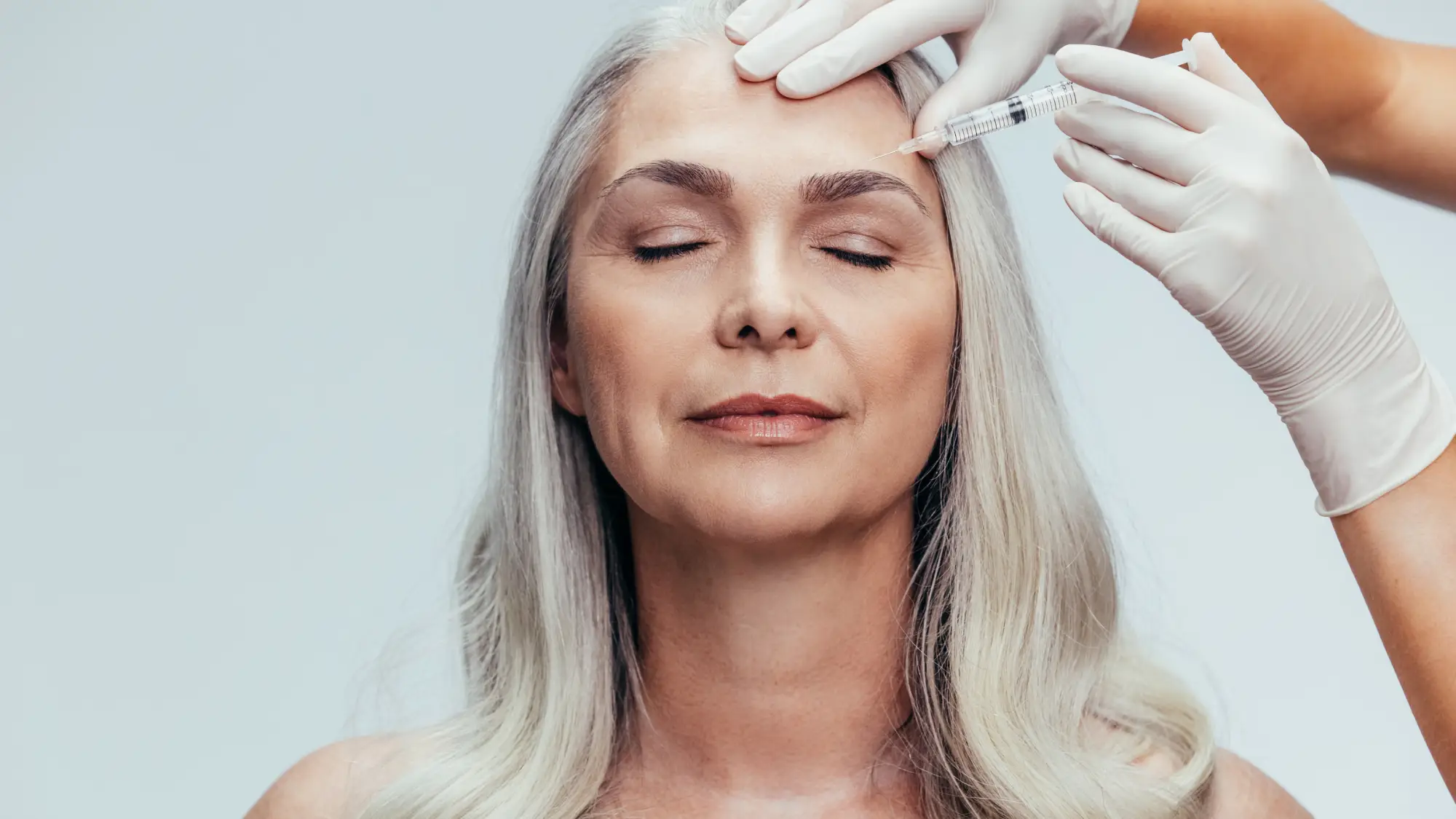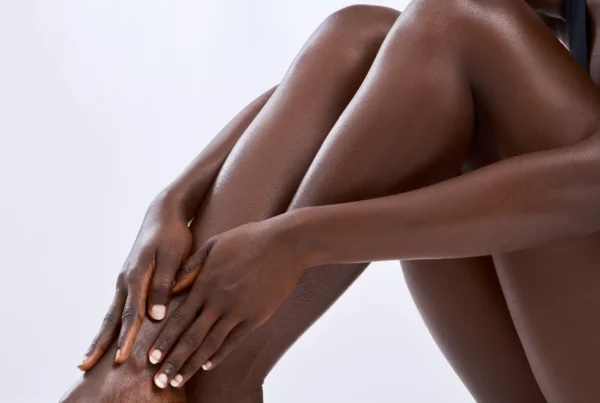Botox is undeniably one of the most popular non-surgical cosmetic treatments worldwide, celebrated for its remarkable ability to smooth wrinkles and create a refreshed, more youthful appearance with minimal effort and downtime. If you’re considering taking the plunge for your first Botox appointment, it’s natural to feel a mix of excitement and perhaps a little apprehension. Knowing what to expect can help ease your mind and ensure a positive experience.
Here’s a detailed breakdown of what generally happens during your initial Botox treatment:
1. The Consultation: Your Goals, Your Face
Your appointment will always begin with a thorough consultation with your chosen provider – typically a board-certified dermatologist, plastic surgeon, or a highly trained aesthetic nurse.
- Discussion of Goals: This is your opportunity to clearly articulate your aesthetic goals and what areas concern you most. Do you want to soften forehead lines, reduce crow’s feet, or smooth frown lines?
- Facial Assessment: Your provider will carefully assess your facial muscles, skin quality, and expressions. They will ask you to make various facial movements (like frowning or smiling) to identify the specific muscles responsible for your wrinkles.
- Treatment Plan: Based on this assessment and your goals, they will recommend the appropriate treatment areas and the precise number of units required to achieve natural-looking results. They will also discuss potential side effects and what to expect.
2. The Procedure: Quick, Precise, and Minimally Invasive
Once your treatment plan is established and you’re comfortable, the injection process can begin.
- Preparation: The treatment area will be cleansed. In some cases, a topical numbing cream may be applied, though most patients find it unnecessary as the discomfort is minimal.
- Injections: The injections themselves are remarkably quick, typically taking about 10-15 minutes in total. Your provider will use very tiny, fine needles, and most patients describe the sensation as a series of small pinpricks or a light sting, similar to a quick pinch. The number of injections depends on the areas being treated.
- Precision: An experienced injector will meticulously target the specific muscles, ensuring natural movement is preserved while lines are softened.
3. Aftercare: Minimal Downtime, Simple Instructions
One of the major draws of Botox is the virtually no downtime. You can return to your normal daily activities immediately after your appointment. However, your provider will give you a few simple aftercare instructions to optimize results and minimize side effects:
- Avoid Lying Down: It’s advised to avoid lying down flat for at least 4-6 hours post-treatment.
- Avoid Heavy Exercise: Refrain from strenuous exercise for at least 24 hours.
- No Rubbing/Massaging: Do not rub or massage the treated areas for a few hours to prevent the Botox from spreading to unintended muscles.
- Avoid Alcohol/Blood Thinners: It’s often recommended to avoid alcohol and certain blood-thinning medications (if medically permissible) before and immediately after to reduce bruising risk.
4. Results: Gradual Appearance, Lasting Effects
The effects of Botox are not immediate, which can sometimes surprise first-time patients.
- Onset: You typically begin to notice the effects within 3-5 days.
- Full Results: The full smoothing effect becomes apparent by two weeks.
- Duration: Botox lasts 3-4 months on average, though individual results can vary. Regular follow-up treatments are recommended to maintain the desired look.
5. Side Effects: Generally Mild and Temporary
As with any medical procedure, there are potential side effects, but those associated with Botox are generally mild and temporary.
- Common Side Effects: Mild bruising or swelling can occur at the injection sites but typically resolves quickly within a few days.
- Less Common Side Effects: Rarely, temporary headaches, eyelid drooping (ptosis), or asymmetry may occur. These are usually transient and can often be mitigated by choosing an experienced injector.
The Preventative Power of Early Botox
Starting with Botox early, even in your late 20s or early 30s, can serve as a preventative measure. By relaxing the muscles that cause dynamic wrinkles before they become deeply etched into the skin, you can reduce the depth of future wrinkles and help maintain a smoother, more youthful look for longer. This “prejuvenation” approach can lead to a more graceful aging process.
Choosing Your Practitioner: Experience is Key
To ensure natural, balanced results and minimize risks, it is absolutely crucial to choose a certified practitioner experienced in facial anatomy and Botox injections. Look for a board-certified dermatologist, plastic surgeon, or a highly trained aesthetic nurse with a strong track record and positive patient reviews. Don’t hesitate to ask about their qualifications and experience during your consultation.
Your first Botox appointment is a step towards refreshed confidence. By understanding the process, you can approach it with excitement and realistic expectations, paving the way for subtle, beautiful results.




